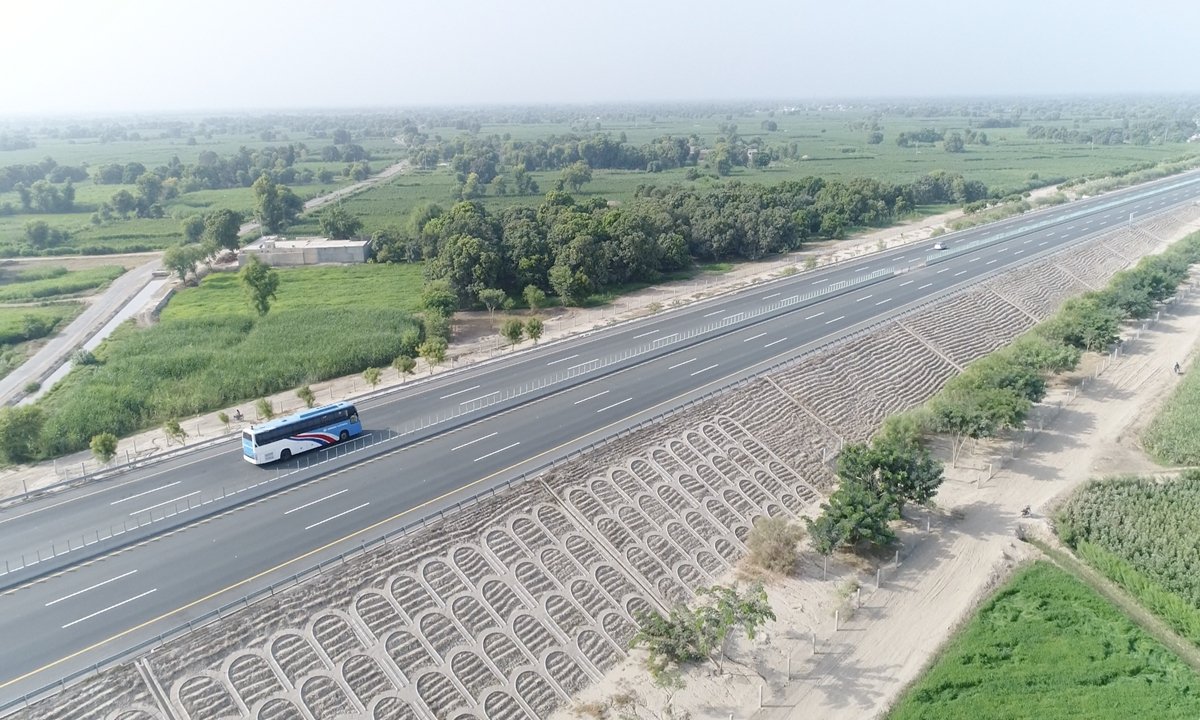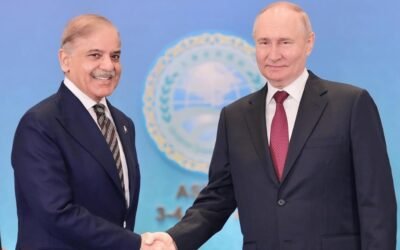Introduced in 2015 and the central pillar of the China Belt and Road Initiative, the China-Pakistan Economic Corridor (CPEC) is more than just infrastructure, as it is a strategic tool to redefine regional power dynamics. The corridor is fulfilling both economic and strategic interests with investments totalling close to US$65 billion.
In the case of China, CPEC helps in solving the “Malacca Dilemma,” which is that China is extremely reliant on the Strait of Malacca. By developing the overland access to the Arabian Sea through Gwadar, China can cut down on its exposure to blockades by sea. At the same time, a move to integrate Xinjiang into the Pakistani economic zone is an indicator of a possible soft-power strategy to stabilize and develop its volatile western province.
Pakistan gains improved connectivity and extends its strategic depth through a partnership with Beijing. The corridor boosts its position as a gateway to Central Asia and enhances its international standing. The growing economic interdependence is shifting the balance in the Indo-Pacific by strengthening Sino-Pakistani relations, creating strategic unease in Delhi and Washington.
CPEC increases the geopolitical importance of Pakistan. By hosting Gwadar Port and creating SEZs in Pakistan at the national level, it will bolster its bargaining power. However, such benefits are associated with high-security requirements. Separatist operations by Baloch against Chinese investments in Gwadar have escalated in recent years, driven by a local sense of economic injustice and sovereignty concerns. The state has reacted by increasing security forces, which has been called militarisation and conflicts in civil society.
Regional Connectivity and Strategic Realignment
The China-Pakistan Economic Corridor (CPEC) is rapidly becoming a vital strategic hub for regional connectivity and cooperation. Pakistan has established itself as a transit and trading centre linking Greater South Asia with Central Asian states, the Middle East, and China. Beyond its bilateral scope, CPEC’s expansion into Afghanistan, including plans for railway projects like the Mazar-i-Sharif-Kabul-Peshawar line and others, highlights Islamabad’s dedication to regional connectivity and aiding post-war reconstruction in Afghanistan. These transit routes are expected to not only boost economic growth but also enhance political stability. Since landlocked Afghanistan can access the ports of Gwadar and Karachi through these corridors, interdependence and peace are likely to improve through this linkage.
Pakistan’s diplomacy is also attracting Iran and Uzbekistan, strengthening its strategic leadership in the region. Iran’s ambassador to Pakistan affirmed Tehran’s desire to join CPEC, describing it as “an important and giant project” and stressing its readiness to contribute transit and energy resources. Likewise, CPEC is expanding into Uzbekistan, positioning Pakistan as a key regional connector. Supported by leaders like Uzbekistan’s president, the initiative promotes cross-border connectivity, sustainable development, and shared prosperity. Positioned at the centre of these realignments, Pakistan is not only enhancing its economic sovereignty but also promoting a pattern of cooperative geopolitics rooted in peace and prosperity.
CPEC in the Context of US-China Rivalry
CPEC is a strategic factor in the broader US-China power dynamics in the region. Beijing considers the corridor an effective counterweight to the US-led Indo-Pacific projects, such as the Quad and the India-Middle East-Europe Corridor. China is challenging U.S. economic and strategic systems by advertising its own logistics network and Digital Silk Road.
Gwadar is strategically situated close to the Strait of Hormuz, one of the energy choke points in the world, where about 20 percent of the global petroleum is pumped through. If China gains military access to this port, the shift in naval dynamics in the Indian Ocean Region (IOR) could have a profound impact. From a Pakistani perspective, these developments would strengthen national security by boosting maritime defence and economic sovereignty. They could further establish Islamabad as a key naval gateway in a shifting multipolar world. Consequently, Gwadar, as a centre of commerce and strategic importance, is not only a symbol of regional development but also signifies a realignment of Asian naval power.
Tilting towards the U.S., Japan, and Australia, India views CPEC as one of its encircling strategies, while also modifying the paradigm. Meanwhile, Washington has concerns about China’s increasing naval support through Gwadar’s dual-use potential with PLAN ships, a direct consequence of the expansion of the CPEC. On the one hand, Pakistan and China have consistently claimed that Gwadar is a purely commercial project aimed at enhancing trading activities and regional development. Still, due to its deep-sea capacity, strategic depth, and infrastructural magnitude, it is likely to be used in the future for military purposes.
Conclusion
CPEC is much more than just construction, which is why it is a geopolitical turning point that reshapes alliances and strategic visions in South and Central Asia. It boosts economic growth and the bargaining power of Pakistan. Locally, CPEC is also redefining connectivity as it brings Afghanistan and Iran into China’s close orbit, increasing India’s strategic concerns. The long-term success of such an initiative depends on the ability to address local stability and security issues, ensure balanced economic benefits for Pakistan, and maintain sovereign flexibility amid foreign rivalries.







